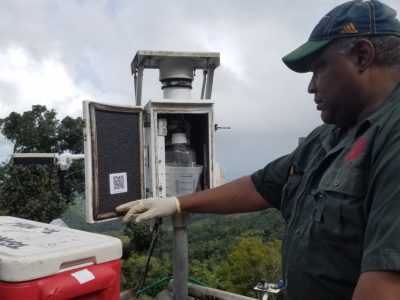
Climate Change Will Impact Lower Elevation Forests First
Climate Change Will Impact Lower Elevation Forests First
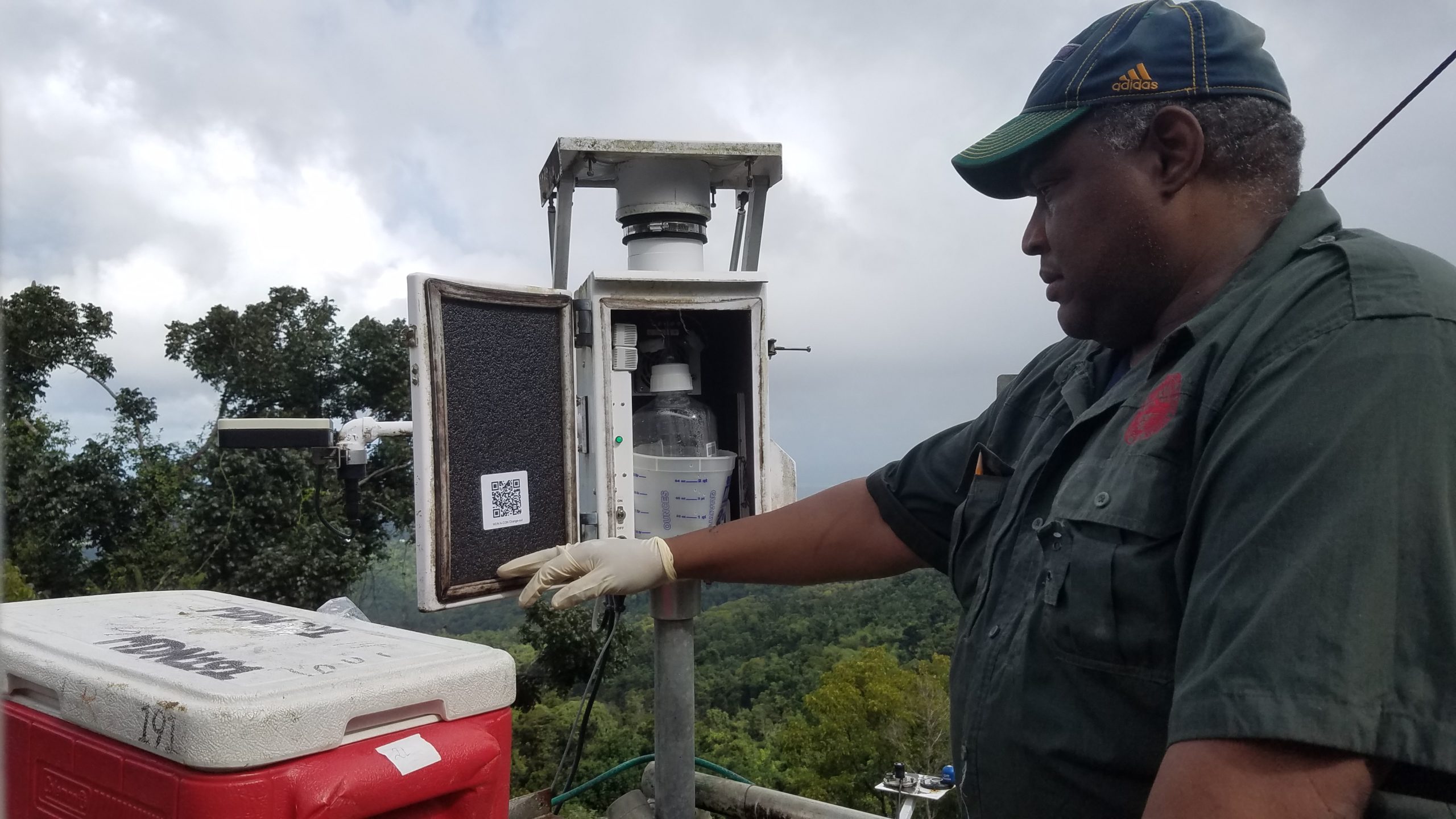
Field technician Samuel Matta collecting water samples atop a climate tower in lower elevation forest
Credit: Monique Picon
Luquillo LTER uses an elevation gradient as a proxy for studying certain aspects of climate change. High elevation cloud forests on mountain summits harbor many endemic species likely to be threatened by the changes in precipitation and temperature projected to impact these areas within 20 years. Recording changes in biota and critical ecosystem function along the elevational gradient through the year 2100 will capture key aspects of the changing climate and disturbance regime.
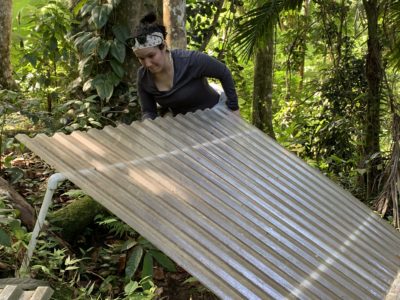
Drought in Rainforests is Increasing in a Warming World
Drought in Rainforests is Increasing in a Warming World

Student Celimar Rodriguez working on a seedling drought experiment
Credit: Jess Zimmerman
Drought in tropical wet forest alters greenhouse gas production by soils, affects key nutrient dynamics, and reduces forest productivity. Downscaling studies at LUQ LTER support global models that predict declining precipitation through the end of the century. Current ecosystem drying and warming model projections predict that net forest ecosystem productivity may fall to zero by 2036. A long term streamflow reduction experiment will determine impacts of long term drought on stream functioning.
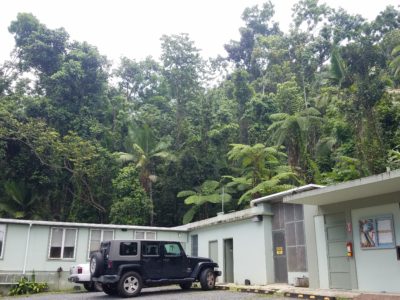
Hurricane Frequency Impacts Forest Biodiversity and Ecosystem Function
Hurricane Frequency Impacts Forest Biodiversity and Ecosystem Function
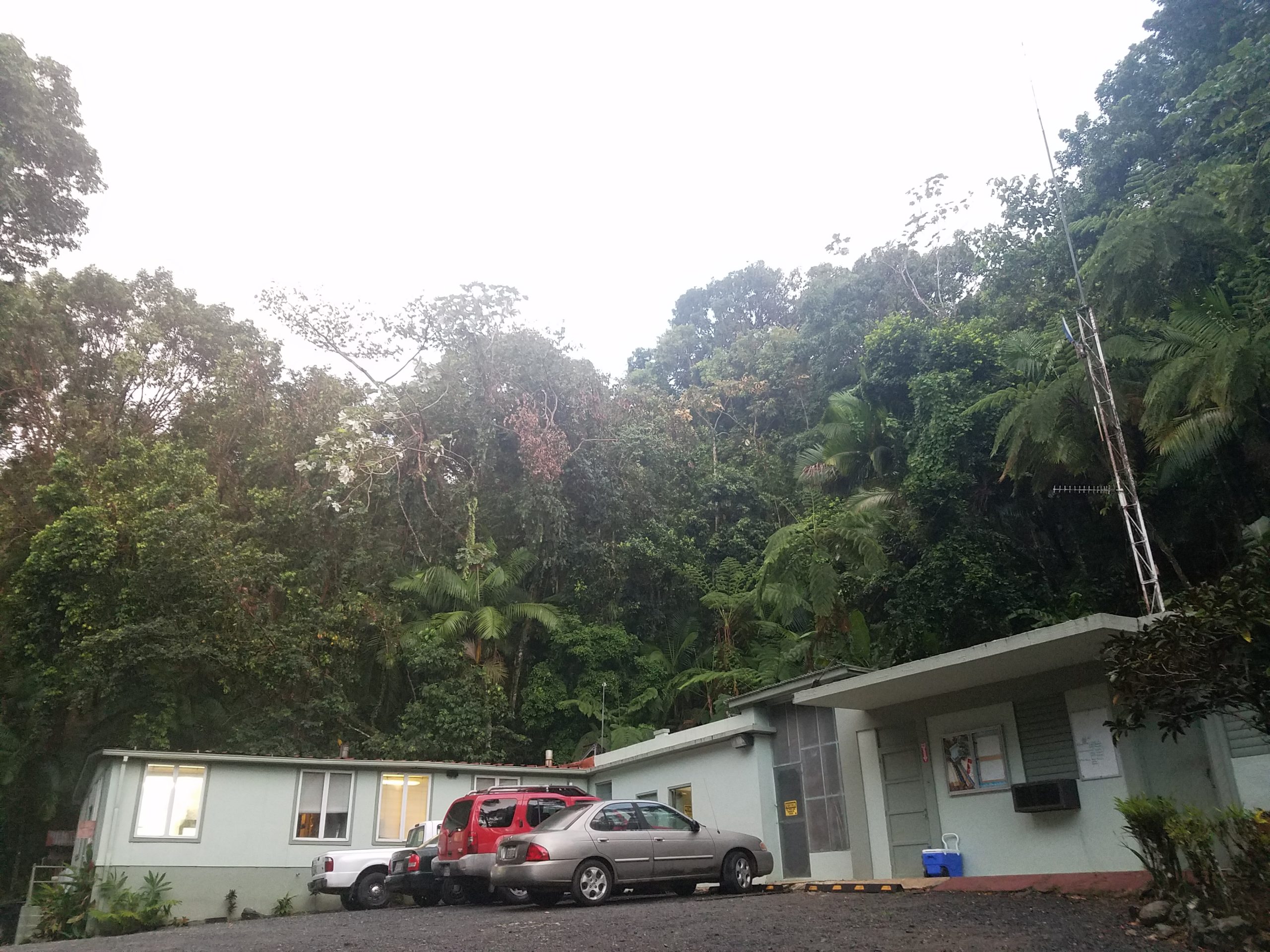
Luquilla field station, El Verde, after Hurricane Irma (just a few weeks before Hurricane Maria)
Credit: Melissa Salva
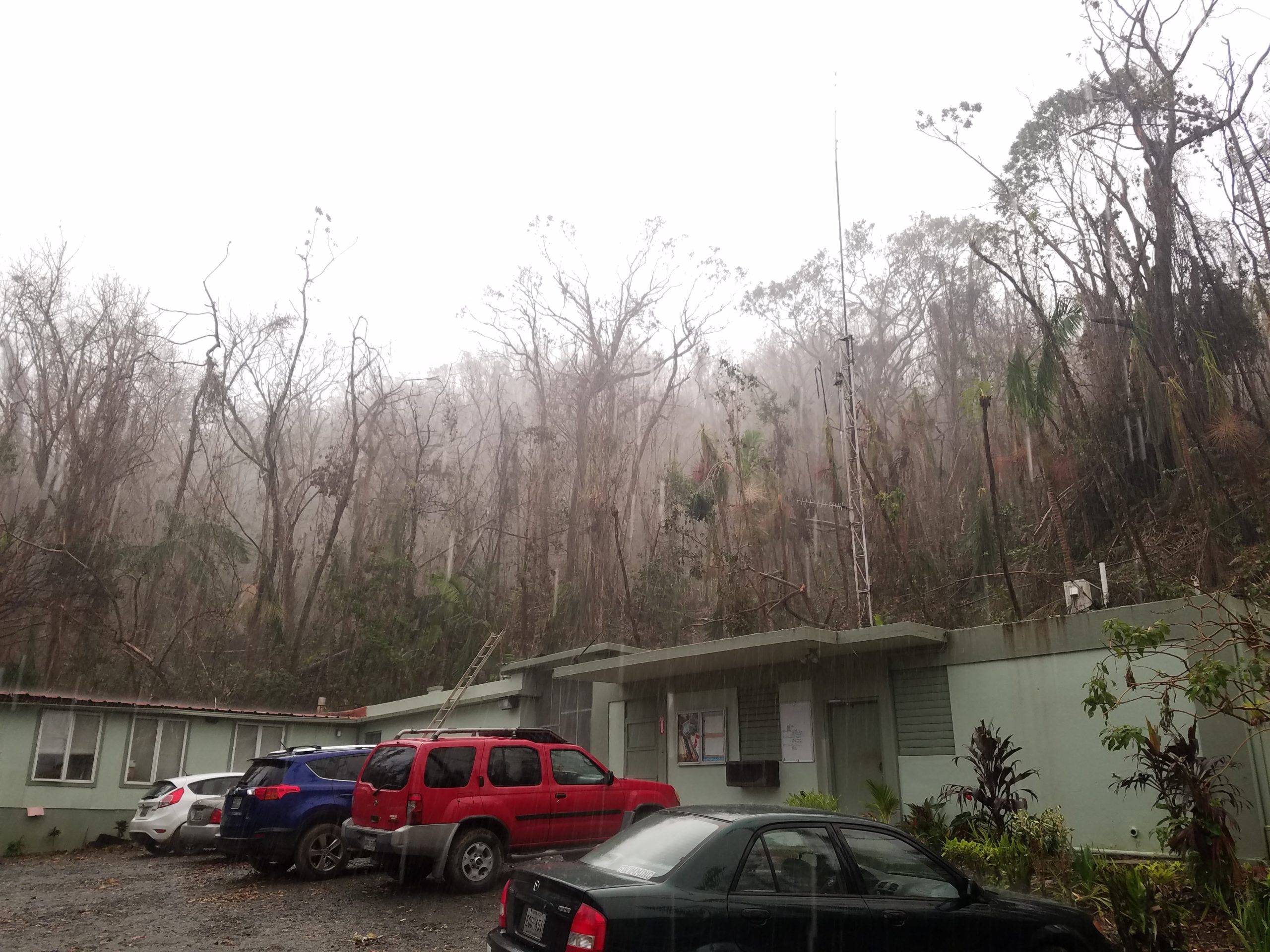
Luquilla field station, El Verde, after Hurricane María
Credit: Melissa Salva

Luquilla field station, El Verde, in 2020
Credit: Melissa Salva
The long term Canopy Trimming Experiment revealed many important aspects of hurricane disturbance, particularly that canopy opening caused more change in biota and biogeochemistry than debris deposition. More frequent disturbance led to canopy opening but less debris deposition, and changed forest species composition, which may alter resilience in the face of future disturbances. Frequent hurricane disturbance causes forest ecosystems to retain less carbon and export more nutrients.










